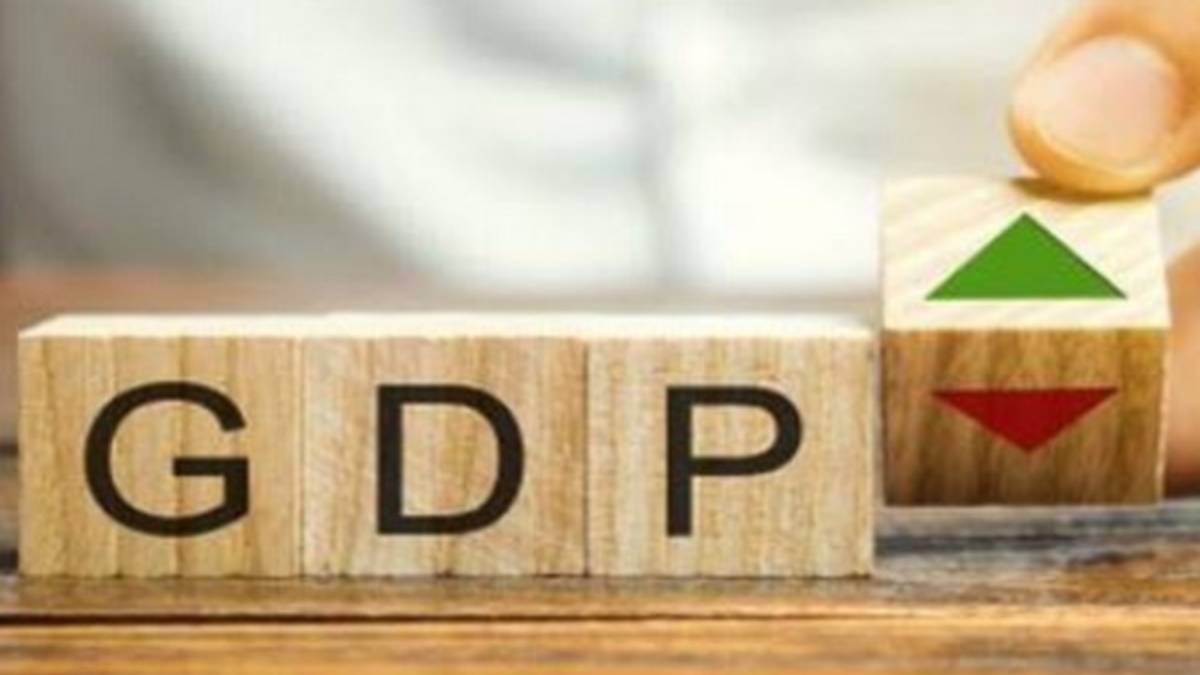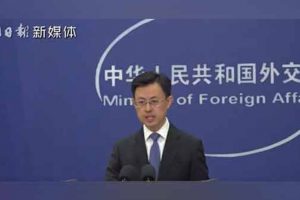US President Donald Trump’s decision to impose an additional 25 percent tariff on Indian imports has sparked fresh concerns over India’s economic outlook, with economists estimating a potential hit of up to 0.4 percent on the country’s GDP growth in the financial year 2025–26 (FY26).
The tariff, which raises the total US duty on Indian goods to 50 percent, is expected to take effect after 21 days and will significantly impact India’s export competitiveness in one of its largest markets.
“We had initially factored in a 0.2 percent impact on GDP growth from the 25–26 percent tariffs. With the fresh 25 percent hike, the drag on GDP growth could now range between 0.2 to 0.4 percent, depending on whether lower rates are negotiated,” said Sonal Badhan, Economics Specialist at Bank of Baroda, in a statement to ANI.
She also highlighted that key sectors likely to feel the brunt include garments, electronics, pharmaceuticals, precious stones, auto components, and MSMEs, adding, “There appears to be downside risk to our growth forecast of 6.4–6.6 percent.”
The announcement has sent shockwaves through India’s export community. According to Ajay Bagga, a Banking and Market Expert, “This is a major blow. Once tariffs exceed 25 percent, it almost eliminates the scope for trade. Whether it’s 50 percent or 500 percent, there’s virtually no commercial viability left.”
Bagga further warned that the timing of the move worsens the impact, as Christmas shipments are already prepared. “If $1 billion worth of textile exports are blocked, that directly affects close to 100,000 workers,” he said.
Agneshwar Sen, Trade Policy Leader at EY India, criticized the tariff escalation, calling it politically driven and counterproductive. “Political differences should be resolved through dialogue and institutional forums, not through trade warfare. I hope India and the US find a balanced solution.”
The Federation of Indian Export Organisations (FIEO) echoed similar concerns. Its president, S C Ralhan, noted that “55 percent of our exports to the US are now under direct impact. The new tariff creates a 30–35 percent disadvantage for Indian exporters.”
Ralhan added that several buyers are already putting new orders on hold. “MSMEs, in particular, cannot absorb this additional cost and risk losing long-standing international clients.”
The executive order signed by Trump cites national security concerns over India’s continued import of Russian oil. It declares that India’s trade relationship with Russia represents an “unusual and extraordinary threat” to US interests. However, it does include some exemptions, with specific items — including mineral substances, industrial chemicals, fuels, and pharmaceutical precursors — excluded under Annex II of Executive Order 14257.
India has responded by reiterating that its oil imports are guided by national interest and market dynamics. New Delhi has maintained it will continue purchasing Russian crude to ensure the country’s energy security.
With tensions escalating, experts say the next few weeks will be crucial. Both sides are expected to initiate discussions, and there remains a possibility of negotiating relief or exemptions before the new tariffs come fully into force.





